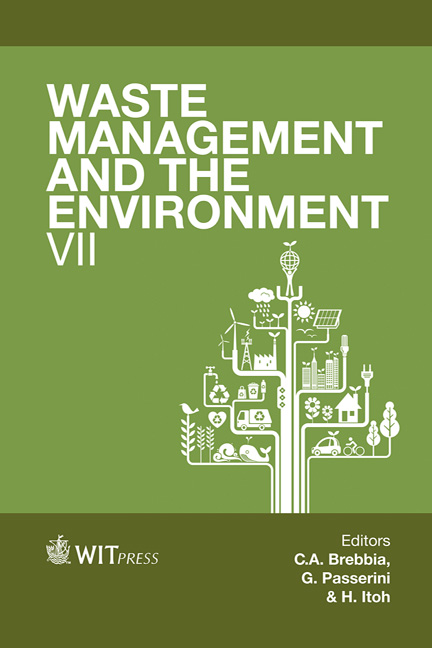The Recovery Of Valuable Metals And Recycling Of Alumina From A Waste Spent Hydroprocessing Catalyst: Extraction With Na Salts
Price
Free (open access)
Transaction
Volume
180
Pages
13
Published
2014
Size
604 kb
Paper DOI
10.2495/WM140021
Copyright
WIT Press
Author(s)
M. Marafi, M. S. Rana & H. Al-Sheeha
Abstract
Considering the refinery importance, a spent catalyst recovery study was carried out on industrial spent residue hydroprocessing catalysts that contained high levels of metals. The spent catalyst was de-oiled, de-coked, crushed and ground to a fine powder, which was then subject to further treatment for metal recovery. In the extraction process, metals were recovered through hydrometallurgical routes using NaOH, and Na2CO3 as roasting mediator as well as an extracting agent. The effectiveness of the aqueous basic solution extraction of Mo, V, Ni and Al from the refinery spent catalyst is reported as a function of roasting agent, temperature, concentration, leaching time and temperature. The optimum leaching conditions were achieved in order to obtain a maximum recovery of Mo, Ni and V metals, corresponding to a time of 1 h, a temperature of 700°C and a concentration of 30 wt% with soda roasting, while the caustic digestion process’s maximum recovery for all metals was at 250°C in temperature. The metals were recovered as corresponding salt, while alumina was recovered as boehmite, which was further dried and calcined in order to get the corresponding oxides in pure form. The aim of this study is to recover or recycle a waste catalyst as valuable metals and support (alumina) from the spent catalyst. Keywords: spent catalyst, recycling, hazardous waste, residue hydroprocessing, waste utilization.
Keywords
spent catalyst, recycling, hazardous waste, residue hydroprocessing, waste utilization.





